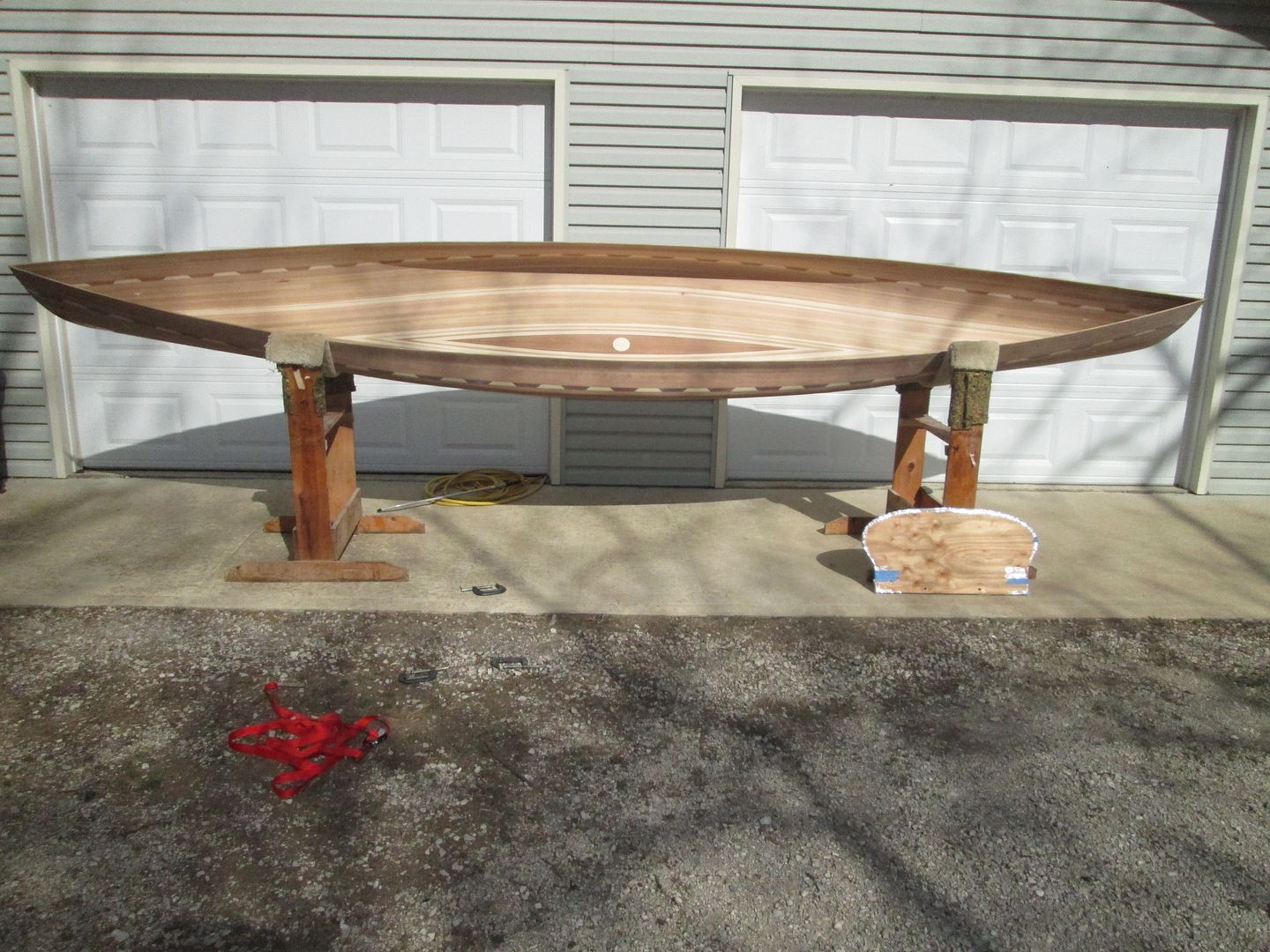My standard build is to use clear coat for wet out, and whatever I can find for fill, usually system three general purpose, or the mirror one, or even west 207.
As for single layer, it works great for the intended purpose. I have a couple of canoes with single layers only. However, I don't use them for tripping canoes where i will be running a lot of white water and dragging through shallows, stuff like that.
I had donated two single layer canoes to our school club, and they did very well, but after about 7 years of hard use, and many repairs, they had to be retired.
And as Brian says, real hull strength increase will come from additional inner layers. I can testify to this as I have split two canoes in white water frolics. The glass on the inner hull split open, the outer glass remained intact, but it made for some very nervous paddling to get to the extraction point. I put that outer layer on for abrasion protection, we have lots of pointy rocks up here. I have punctured to the wood with single layer, but not yet with double layer.
To the OP, sorry to muddy the waters, lol. Building strip canoes is actually a very forgiving process, there are few hard and fast standards, but lots of opinions.

